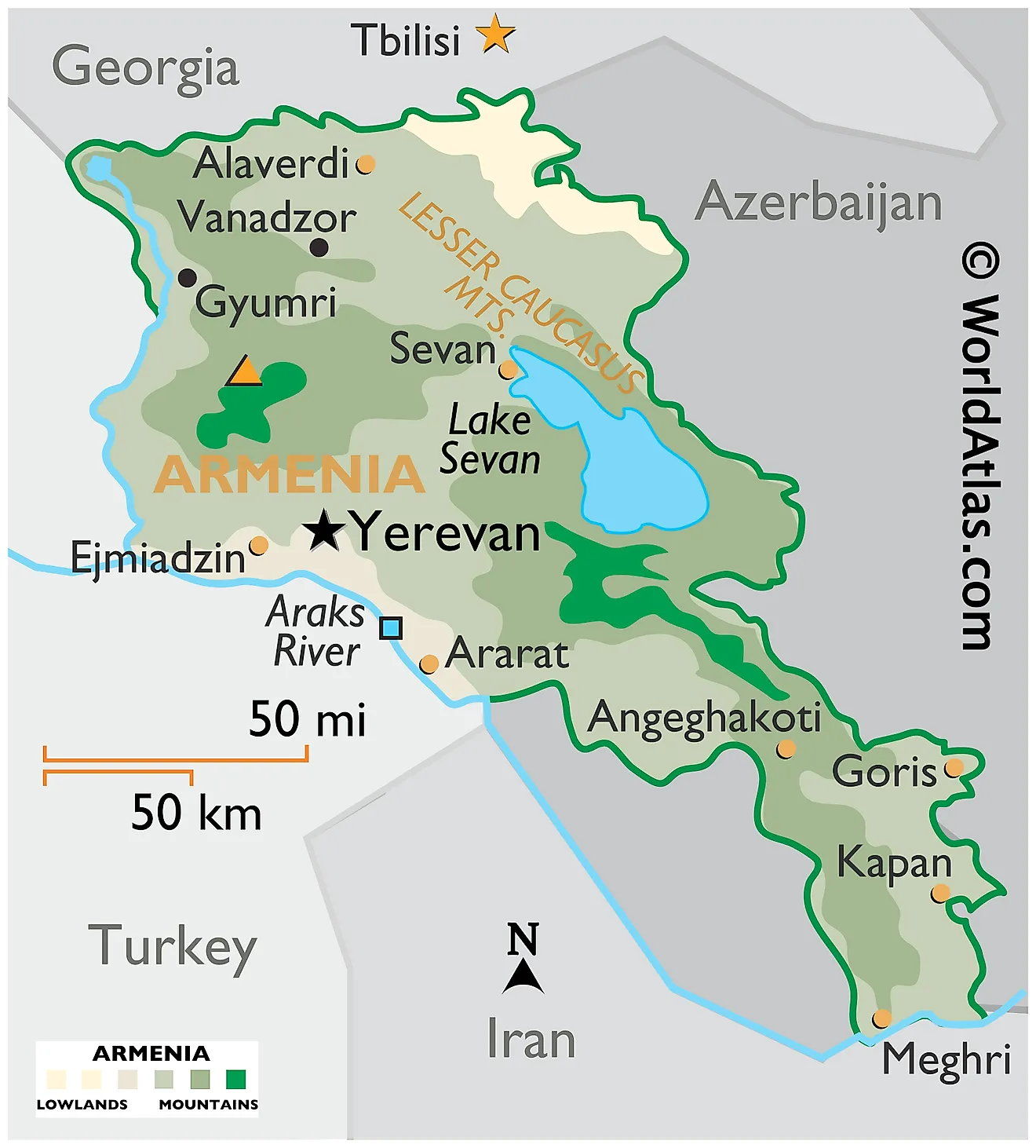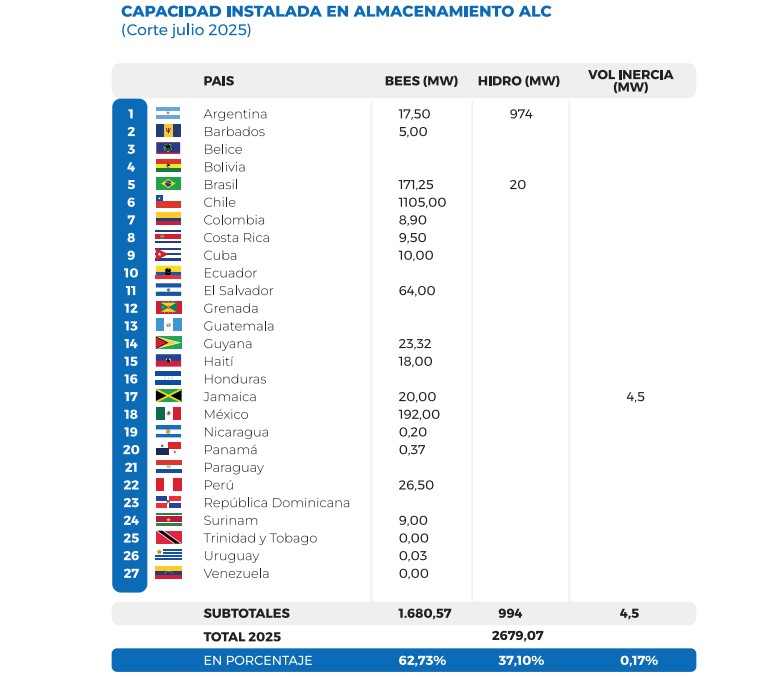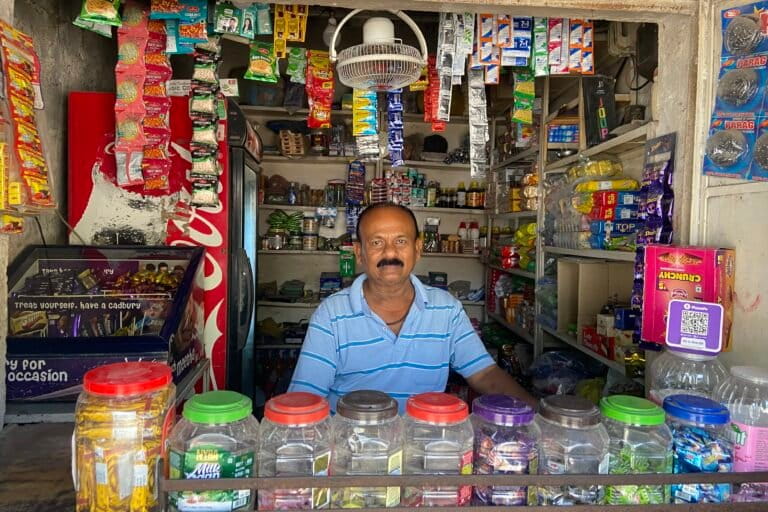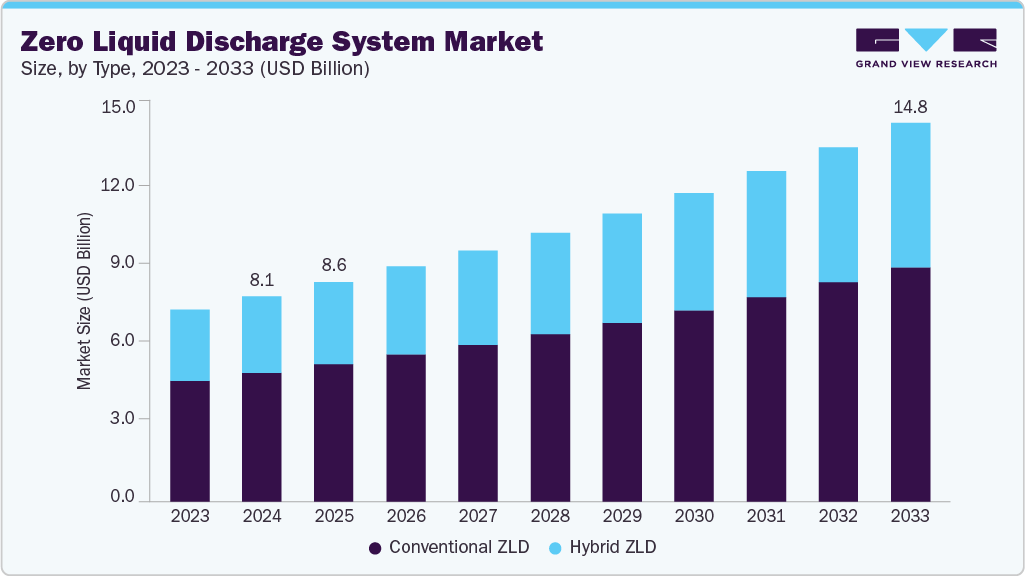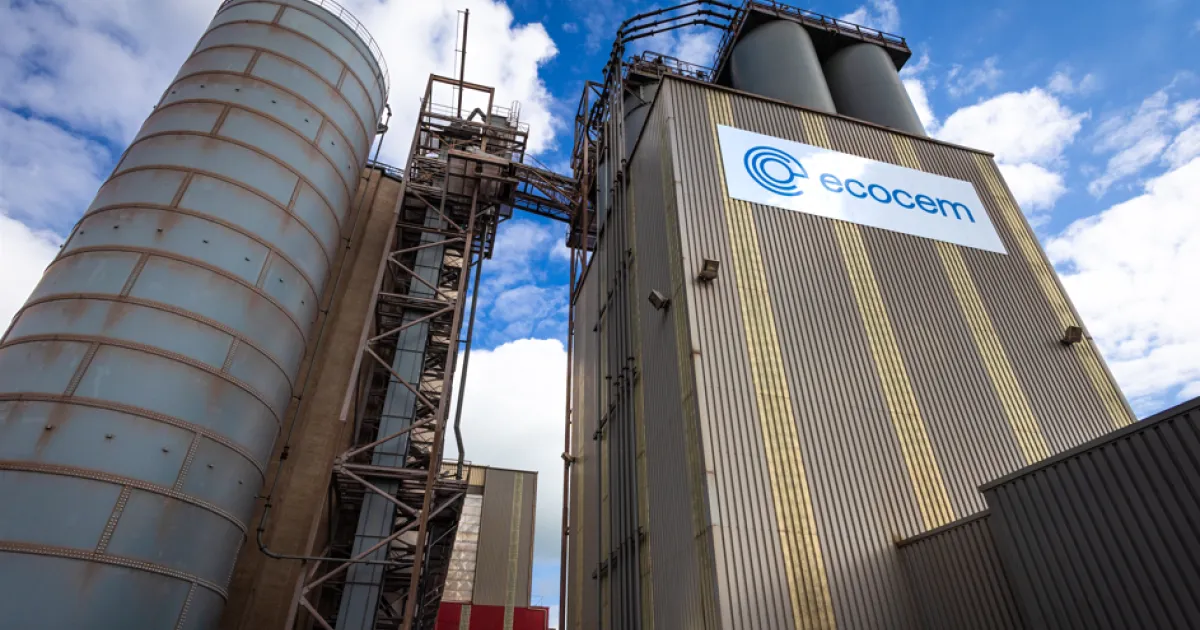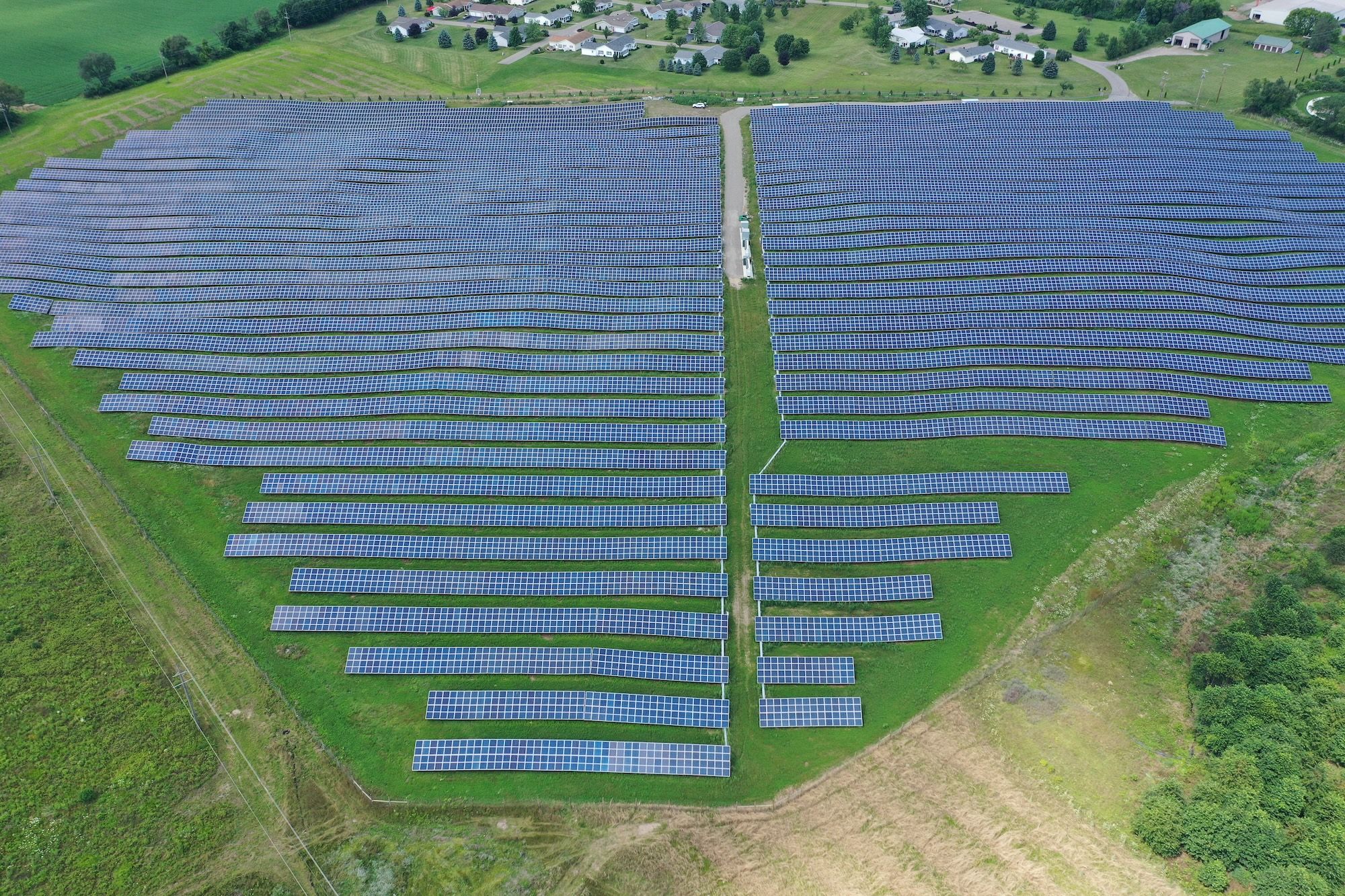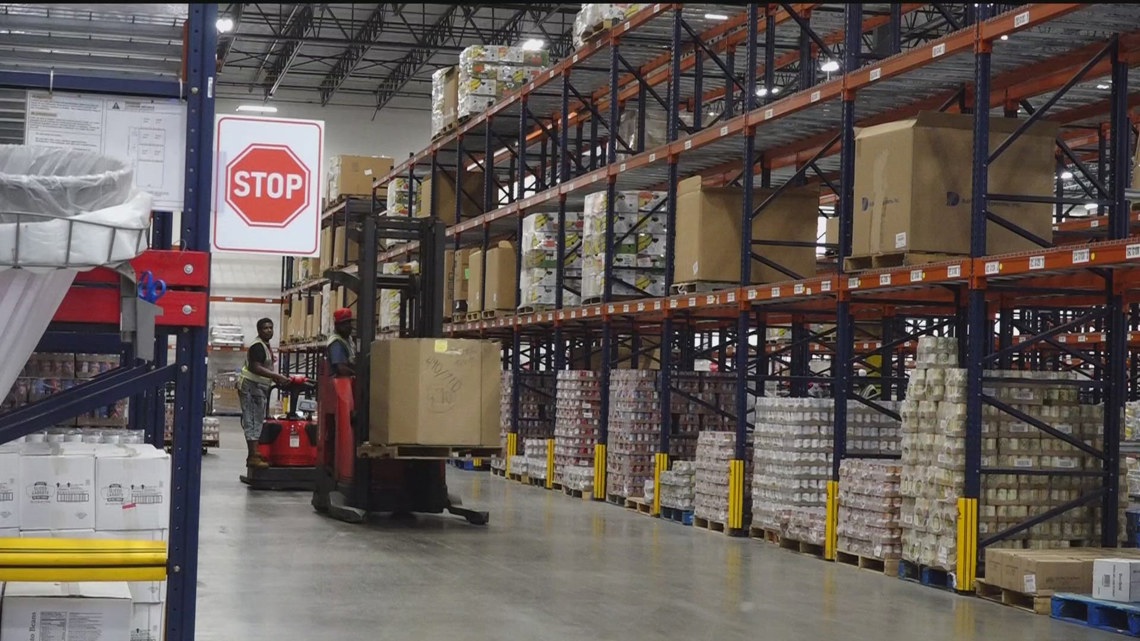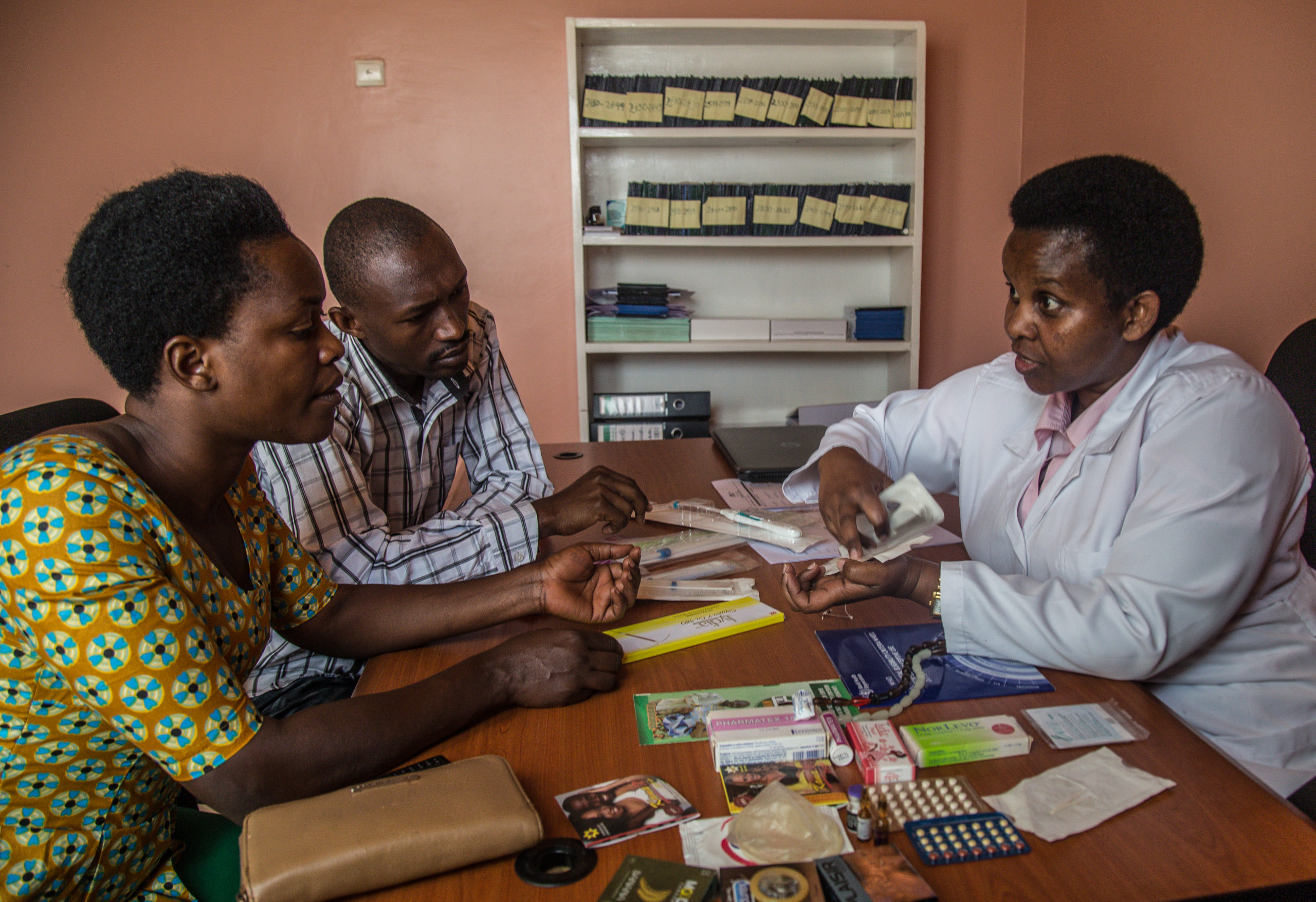Making the most of Chinese investment – fDi Intelligence
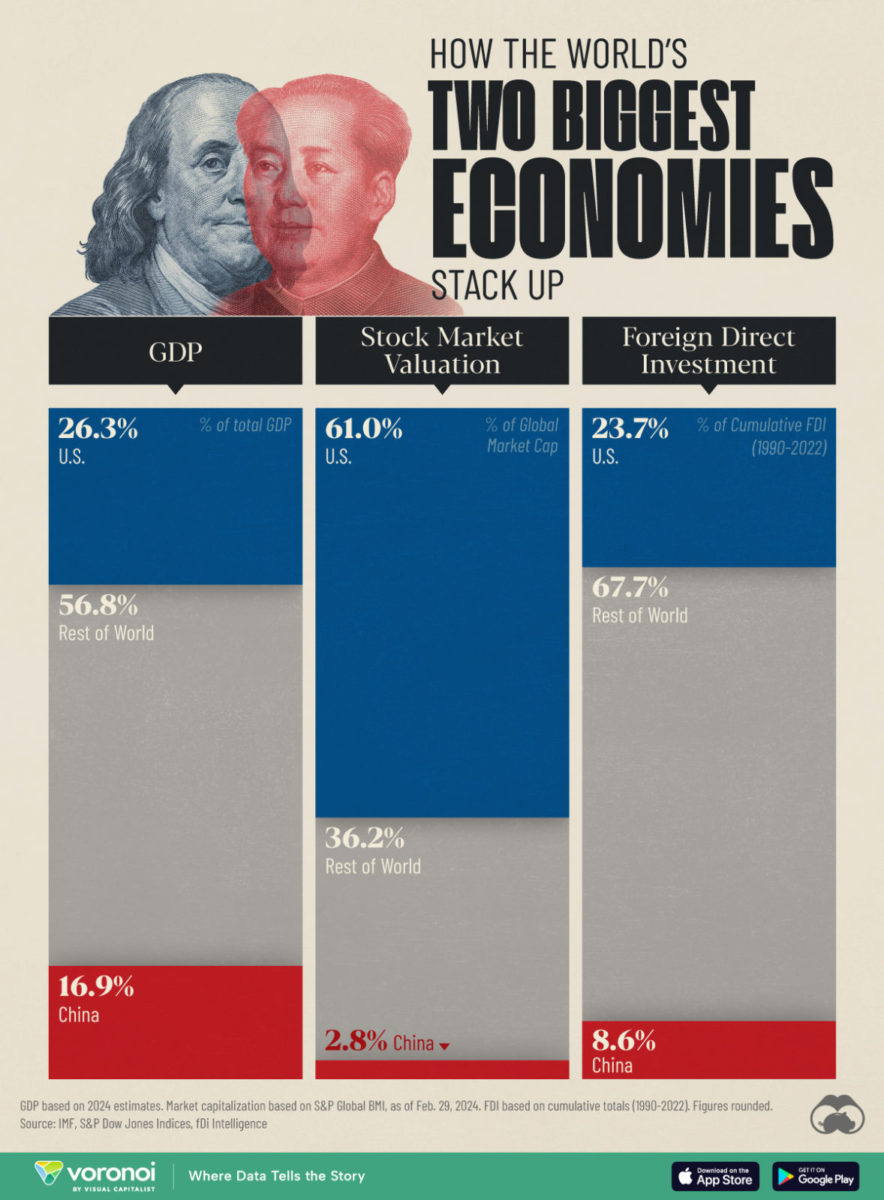
Hungary’s Strategic Pivot in Foreign Direct Investment Aligned with Sustainable Development Goals
Hungary is undertaking a strategic reorientation of its foreign direct investment (FDI) policy, shifting focus from traditional manufacturing to high-value, technology-driven sectors. This move aims to stimulate an economy that has been underperforming regional peers and align national development with key Sustainable Development Goals (SDGs). According to Deputy Minister of Foreign Affairs and Trade Levente Magyar, the nation is no longer seeking manufacturing FDI but is actively pursuing investments in research and development (R&D) and high-value-added projects. This strategic pivot directly supports SDG 9 (Industry, Innovation, and Infrastructure) by fostering technological advancement and targets SDG 8 (Decent Work and Economic Growth) by aiming to create higher-skilled employment and enhance economic productivity.
The Role of Chinese Investment in Hungary’s Green Transition
Facilitating the Electric Mobility Shift
Chinese FDI has become central to Hungary’s industrial strategy, particularly in the electric vehicle (EV) and battery manufacturing sectors. This investment is critical for navigating the transition to electric mobility, a key component of the European Commission’s climate policy. By attracting major Chinese players, Hungary is positioning itself as a European hub for EV batteries, thereby supporting global efforts toward SDG 7 (Affordable and Clean Energy) and SDG 13 (Climate Action). This strategy serves a dual purpose:
- It helps bridge gaps in the supply chain created by the rapid, policy-driven shift away from traditional automotive manufacturing.
- It consolidates Hungary’s existing automotive industrial base, safeguarding a sector projected to contribute significantly to the national GDP, in line with the principles of resilient industrialization under SDG 9.
Challenges and Strategies for Inclusive Growth
The integration of Chinese FDI presents challenges to achieving inclusive growth, a core tenet of SDG 10 (Reduced Inequalities). A primary concern is the limited economic spillover into the local economy, as Chinese firms often prefer self-contained operations. Key challenges include:
- A tendency for investors to manage most operational aspects internally, including the construction phase of new plants.
- Infrequent engagement of domestic or regional companies, limiting local economic participation.
Hungarian officials acknowledge these challenges and report that the nation is developing strategies to manage these cross-cultural business dynamics. This effort represents a practical application of SDG 17 (Partnerships for the Goals), as Hungary learns to navigate and integrate different business ethics to maximize national benefit.
Human Capital and Labor Strategy for Sustainable Industrialization
Balancing Labor Demands with National Policy
To support its industrial ambitions, Hungary employs a regulated guest worker program, which the government distinguishes from its firm stance against uncontrolled illegal migration. The policy allows for the managed invitation of foreign workers, such as the 500 Filipino employees for the CATL battery plant in Debrecen, to fill labor shortages in key development projects. This approach is framed as a necessary tool for economic development, ensuring that industrial projects have the required workforce to succeed, thereby contributing to the objectives of SDG 8.
Fostering High-Value Employment and Knowledge Transfer
While a significant portion of work in new battery plants is blue-collar, these investments also create demand for high-skilled professionals, including engineers. This nuanced employment landscape contributes to the development of a more advanced knowledge base within the country. The strategic objectives for attracting these investments are twofold:
- Consolidation: To secure Hungary’s existing automotive manufacturing capacity by ensuring it remains competitive and attractive to carmakers transitioning to electric platforms, which is fundamental to maintaining industrial strength under SDG 9.
- Advancement: While not the primary driver for technological breakthroughs, these large-scale manufacturing hubs are seen as a foundational step toward attracting more knowledge-intensive sectors and achieving the long-term goal of technological and economic upgrading, in line with SDG 8 and SDG 9.
1. Which SDGs are addressed or connected to the issues highlighted in the article?
The article on Hungary’s foreign direct investment (FDI) strategy primarily addresses three Sustainable Development Goals (SDGs) by focusing on economic growth, industrial upgrading, and international partnerships.
-
SDG 8: Decent Work and Economic Growth
The article is centered on Hungary’s economic strategy, discussing GDP growth, job creation (both blue-collar and high-skilled), and the quality of work. The shift from traditional manufacturing to high-value-added sectors is a core theme related to sustainable economic growth.
-
SDG 9: Industry, Innovation and Infrastructure
The focus on attracting investment for “R&D and high value added investment” and advancing the country’s “technological development” directly aligns with this goal. The development of new infrastructure, such as electric battery manufacturing plants, and the transition to electric mobility are key elements discussed.
-
SDG 17: Partnerships for the Goals
The article extensively discusses Hungary’s relationship with foreign investors, particularly from China. It highlights the role of FDI in achieving national economic and technological goals, describing Hungary as a “meeting point of different business cultures,” which embodies the spirit of global partnerships for sustainable development.
2. What specific targets under those SDGs can be identified based on the article’s content?
Based on the article’s discussion of Hungary’s economic and investment policies, several specific SDG targets can be identified.
-
SDG 8: Decent Work and Economic Growth
- Target 8.1: Sustain per capita economic growth. The article mentions that the contribution of foreign carmakers to the national GDP is projected “to reach 30% by 2030,” indicating a focus on sustaining economic output.
- Target 8.2: Achieve higher levels of economic productivity through diversification, technological upgrading and innovation. This is the central theme of the article, articulated by the deputy minister’s statement: “Now we are looking for any kind of investment that advances the technological development of the country. Mainly, we’re looking for R&D and high value added investment.”
- Target 8.8: Protect labour rights and promote safe and secure working environments for all workers, including migrant workers. The discussion about bringing in “500 Filipino workers” and the policy of inviting foreign workers in a “regulated fashion” connects to this target.
-
SDG 9: Industry, Innovation and Infrastructure
- Target 9.1: Develop quality, reliable, sustainable and resilient infrastructure. The article highlights the development of new industrial infrastructure, stating that “Hungary is becoming a manufacturing hub in Europe and also globally for electric batteries.”
- Target 9.5: Enhance scientific research, upgrade the technological capabilities of industrial sectors. The explicit goal to “attract the most knowledge-intensive sectors to Hungary” and focus on R&D investment directly supports this target.
- Target 9.b: Support domestic technology development, research and innovation. The strategy aims to use foreign investment to “achieve the technological breakthrough” and upgrade the domestic economy.
-
SDG 17: Partnerships for the Goals
- Target 17.3: Mobilize additional financial resources for developing countries from multiple sources. The article is entirely about attracting Foreign Direct Investment (FDI), a key financial resource, with a specific mention of Hungary becoming the “top destination in the EU for Chinese investment in electric vehicles and batteries.”
- Target 17.17: Encourage and promote effective public, public-private and civil society partnerships. The government’s strategy to attract and manage investments from foreign companies like CATL is a clear example of a public-private partnership aimed at national development.
3. Are there any indicators mentioned or implied in the article that can be used to measure progress towards the identified targets?
Yes, the article mentions or implies several qualitative and quantitative indicators that can be used to measure progress.
-
Indicators for SDG 8
- Indicator for Target 8.1: The article provides a specific metric: “Their contribution to the national GDP contribution is on par to reach 30% by 2030.” This serves as a direct indicator of economic growth from a specific sector.
- Indicator for Target 8.2: A qualitative indicator is the shift in the type of FDI from “manufacturing FDI” to “R&D and high value added investment.” Progress could be measured by the proportion of new FDI flowing into these high-value sectors.
- Indicator for Target 8.8: The number of foreign workers brought in under regulated schemes is a direct indicator, such as the “500 Filipino workers for its plant in Debrecen.”
-
Indicators for SDG 9
- Indicator for Target 9.1: The number and capacity of new industrial plants, specifically those for “electric batteries,” serve as an indicator of infrastructure development.
- Indicator for Target 9.5: The amount of investment capital dedicated to R&D activities within Hungary would be a primary indicator. While no figure is given, the stated policy goal implies this is a key metric for the government. The number of “engineers” recruited for new plants is another implied indicator of a higher knowledge base.
-
Indicators for SDG 17
- Indicator for Target 17.3: The total volume of Foreign Direct Investment (FDI) is the main indicator. The article specifies “Chinese investment in electric vehicles and batteries” as a key component of this flow.
- Indicator for Target 17.17: The number of major foreign investment projects, such as the “CATL…plant in Debrecen,” serves as an indicator of successful public-private partnerships.
4. Table of SDGs, Targets, and Indicators
| SDGs | Targets | Indicators Identified in the Article |
|---|---|---|
| SDG 8: Decent Work and Economic Growth |
8.1: Sustain per capita economic growth.
8.2: Achieve higher levels of economic productivity through diversification and technological upgrading. 8.8: Protect labour rights and promote safe working environments for migrant workers. |
– GDP contribution from the auto sector projected to reach 30% by 2030.
– Shift in FDI focus from manufacturing to “R&D and high value added investment”; recruitment of engineers. – Number of foreign workers invited under regulated schemes (e.g., “500 Filipino workers”). |
| SDG 9: Industry, Innovation and Infrastructure |
9.1: Develop quality, sustainable and resilient infrastructure.
9.5: Enhance scientific research and upgrade technological capabilities. |
– Development of Hungary as a “manufacturing hub… for electric batteries.”
– Attracting investment into “knowledge-intensive sectors” to achieve a “technological breakthrough.” |
| SDG 17: Partnerships for the Goals |
17.3: Mobilize additional financial resources.
17.17: Encourage effective public-private partnerships. |
– Volume of FDI, specifically becoming the “top destination in the EU for Chinese investment.”
– Specific investment projects with foreign companies (e.g., CATL’s plant in Debrecen). |
Source: fdiintelligence.com

What is Your Reaction?
 Like
0
Like
0
 Dislike
0
Dislike
0
 Love
0
Love
0
 Funny
0
Funny
0
 Angry
0
Angry
0
 Sad
0
Sad
0
 Wow
0
Wow
0

















